Canada’s human rights museum, envisioned to be the largest of its kind in the world, will begin construction next March following a sod-turning ceremony in Winnipeg last Friday.
“The spectacular building that will rise on this site will be a place where future generations of Canadians and visitors from around the world can learn about the history of human rights in Canada, and hopefully be inspired to build on this proud legacy,” said Prime Minister Stephen Harper.
Mr. Harper attended the ceremony along with federal heritage minister James Moore,
Manitoba premier Gary Doer, trustees of the museum’s board, and over 100 other officials and guests.
Scheduled to open in 2012, the $265-million Canadian Museum for Human Rights (CMHR) will be Canada’s first national museum to be built in over 40 years, and the first to be located outside the national capital region. It also marks the first time all three levels of government have formed an agreement with the private sector to create a national cultural institution.
The museum was inspired by Israel Asper, founder of international media giant CanWest Global Communications Corporation.
Mr. Asper envisioned the CMHR to be a community-government partnership initiative centering on a national student education and travel program, the first of its kind in Canada.
Mandated to explore the topic of human rights “with special but not exclusive reference to Canada,” the CMHR projects 250,000 visitors annually.
By the second year of operations it hopes, through an endowment program, to bring 20,000 high school students per year to see its exhibits.
Much more than a presentation of past events, the museum aims to be a “life-changing experience” that will inspire learning, hope, and action toward upholding human rights.
The museum will be built at The Forks in downtown Winnipeg where the Assiniboine River flows into the Red River, a popular landmark for festivals and recreation.
Speaking to Mr. Asper’s dream that the museum be “dedicated to promoting understanding and respect of ethnic, religious, and racial diversity,” the site has historical significance as a cultural meeting place for many Aboriginal groups thousands of years ago.
The Forks was a centre for the fur trade between 1738 and 1880, and a key site of Prairie railway development, immigration, and settlement from the late 1800s to the early 1900s.
Renowned New Mexico architect Antoine Predock won the architectural competition in 2005 for his design of a “stone mountain” building embraced by a light-filled, cloud-like protective cloak. A spiral pathway gently rises from the earth to the sky, culminating in the final ascent up the “Tower of Hope.”
The design symbolizes “the power and necessity of hope and tolerance,” writes Mr. Predock.
The board is working with New York award-winning interpretive museum designer Ralph Appelbaum Associates to further develop content and programming based on input from the museum’s advisory committee and public consultations.
Some of the envisioned focus areas include Aboriginal rights, human rights development in Canada, interactive programs to explore how personal actions and inactions affect human rights, and global human rights issues today such as poverty and discrimination against women.
The CMHR was first announced on April 17, 2003, the 21st anniversary of the Canadian Charter of Rights and Freedoms. The federal government under then-Prime Minister Jean Chrétien gave an initial $30 million commitment.
Mr. Asper suddenly passed away in October that year at the age of 71. Since then, his daughter Gail Asper, now a member of the museum’s Board of Trustees, has been a key champion of the project.
After several years of government lobbying, the $160-million public funding needed to build the museum is finally in place. The federal government has committed $100 million, the province of Manitoba $40 million, and the city of Winnipeg $20 million.
The remaining $105-million capital cost is to come from private donations. Contributions from individuals, corporations, and groups across Canada have reached $102 million to date.
In addition, when Mr. Harper declared the museum a federal institution last April, he committed $22 million annually for operating costs.
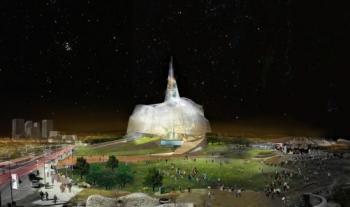
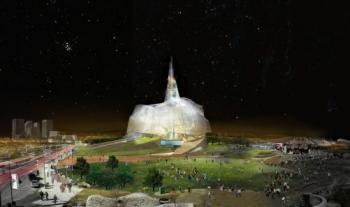
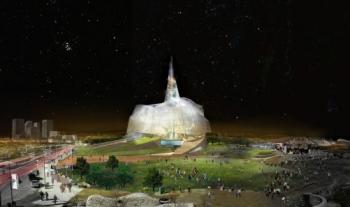
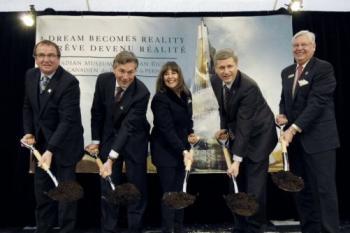
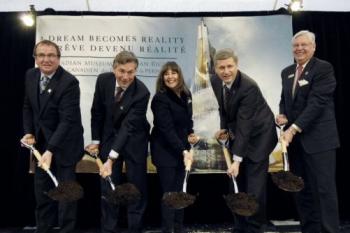
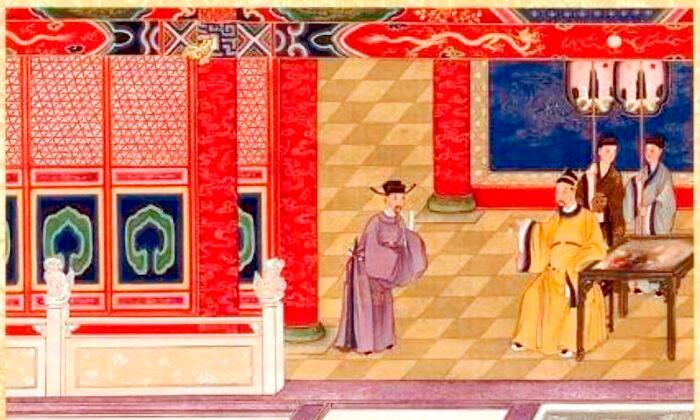
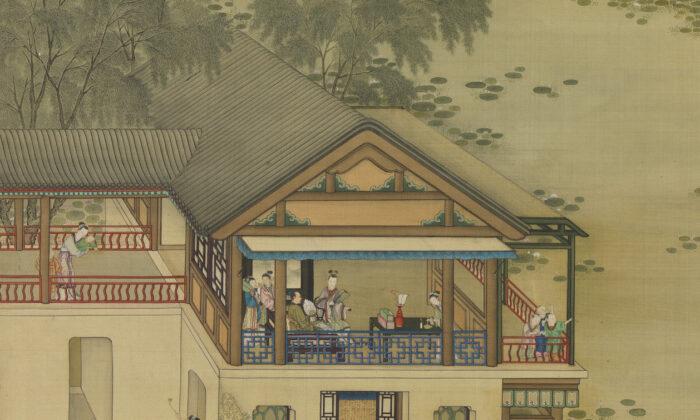


Friends Read Free